Performance Roadblocks of the LBZ Duramax
While ’01-’10 Duramax engines share a lot of things in common and experience many of the same hurdles in making horsepower, these power plants are all a tad different in their own ways. The slight differences from year to year (or RPO code to RPO code) stem from GM’s attempt to better its V8 diesel on the OEM level—with most changes making each new and improved Duramax even more potent than the one before it. For instance, the LBZ Duramax offered in ’06 and ’07 employed a common-rail fuel injection system very similar to the one used on the LLY, but the LBZ debuted a higher pressure version (26,000 psi vs. 23,200 psi). To this day, aftermarket CP3 pumps for Duramax applications are based on LBZ units. The LBZ also benefits from added meat in the main bearing areas of the block, stronger rods and a more robust (six-speed) Allison transmission.
But even though the six-speed Allison is tougher than the five-speed unit it replaced, it’s still not strong enough to handle that 500rwhp tune in your arsenal. Like the LB7 and LLY that came before it, you have to prep the Alli to handle big power ECM calibrations. After that, the familiar problem of addressing the squished turbo downpipe should be addressed with a larger diameter alternative. Then it’s time to add a lift pump and ditch the restrictive factory Y-bridge—the difference here could be 20 to 40 hp, plus better drivability and reliability for that expensive injection system. As you move into the 530rwhp range, you’ll discover that the LBZ’s performance potential is virtually identical to the LLY’s, which also means the stock turbo, injectors and CP3 will all have to be upgraded in order to take things to the next level.
Roadblock #1: Allison Transmission
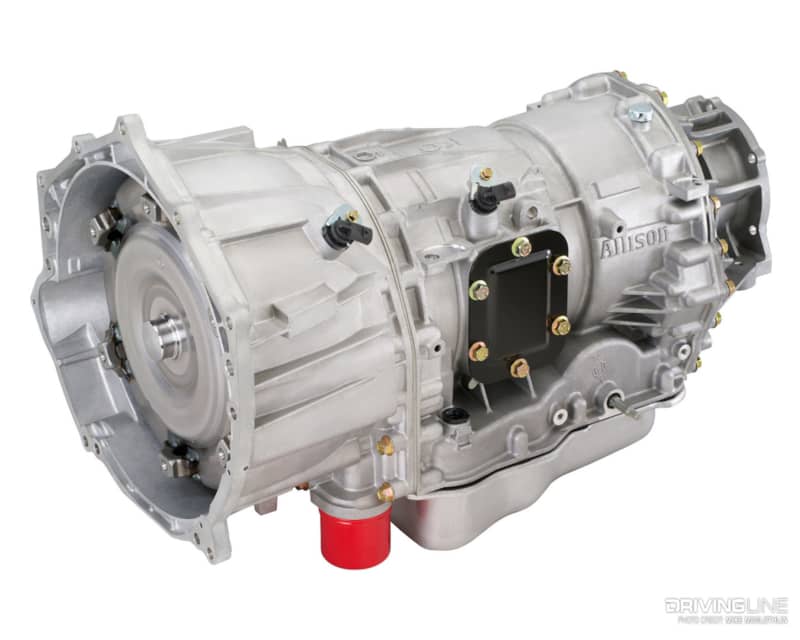
Though the six-speed rendition of the Allison 1000 transmission (which debuted alongside the LBZ in 2006) is stronger than the five-speed used in conjunction with the LLY and LB7, it still has its limits in factory form. Whereas you can send roughly 90 hp over stock through the five-speed Allison, long-term , the six-speed version can handle 120 hp over the factory rating, long-term. While this is a step in the right direction, most aggressive tuning files add more than 200 hp to the equation.
Built Allison = The Only Way to Enjoy Added Horsepower
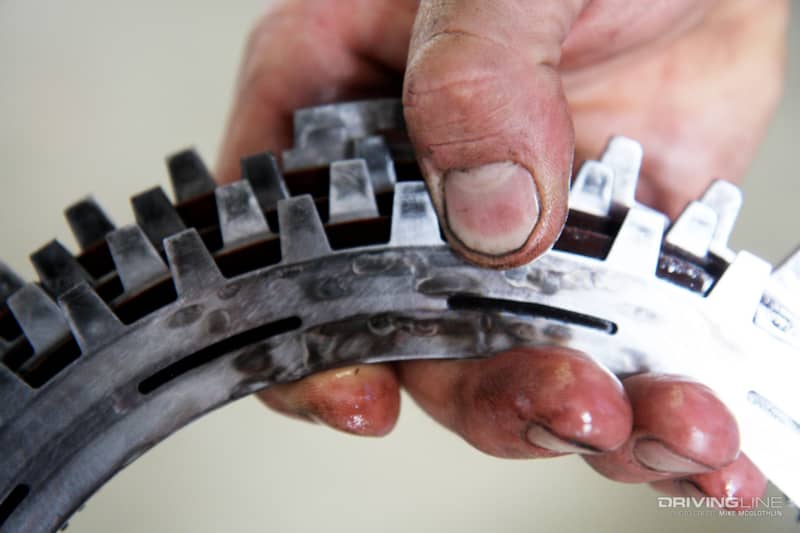
So what does all of the above mean? You guessed it, you still have to pull the Allison, tear it down and rebuild it with better parts if you want to have your cake and eat it, too. The burnt C3’s pictured above came out of a stock six-speed, which had only been exposed to additional horsepower for 11,000 miles. The truck, an ’06 Chevrolet Silverado 2500 HD, was making 460rwhp and 850 lb-ft of torque (and the driver was definitely enjoying himself), but the damage had already begun. For a quality aftermarket Allison build, he turned to LinCo Diesel Performance, which offers a Stage 2 street and tow Allison for a budget-minded $3,699 and that’s rated for 650rwhp.
Roadblock #2: Factory Downpipe
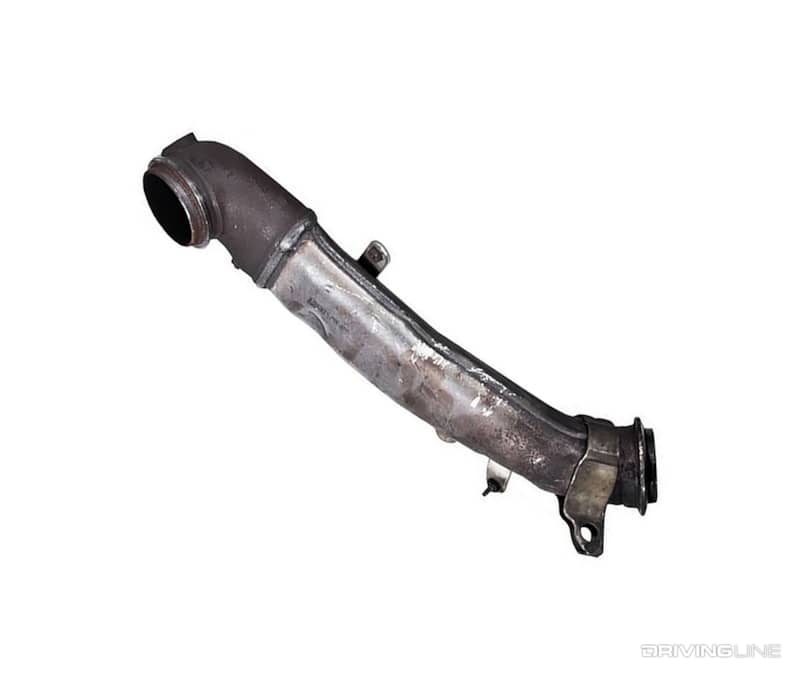
Not unlike the LLY, the LBZ Duramax left the factory with a highly restrictive downpipe hanging off the back of the Garrett GT3788VA variable geometry turbocharger (VGT). The oval-shaped, bottlenecked downpipe is fine for stock power levels, but it limits exhaust flow out of the turbo significantly once the engine is tuned. This means elevated exhaust gas temperature (EGT) and a harsh working environment for the turbine side of the Garrett turbo.
Larger Downpipe & Aftermarket Exhaust System
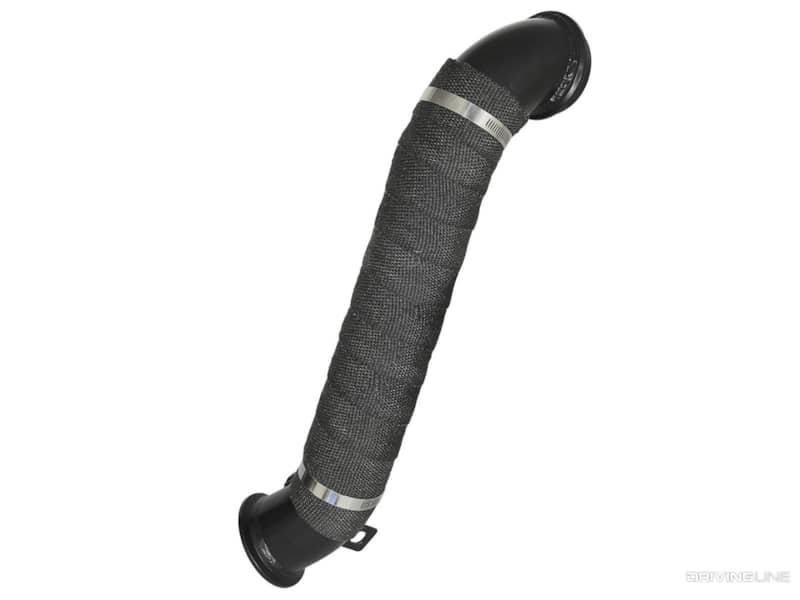
Utilizing the same turbo platform as the LLY (the aforementioned Garrett GT3788VA), the same 3-inch aftermarket downpipe is used. And just like the LLY, a tuned LBZ’s exhaust gas temperature can drop as much as 150 degrees F by installing one. Hint #1: the downpipe fitment is the same on all ’04.5-’10 engines (LLY, LBZ and LMM, respectively). Most LBZ owners opt to upgrade to a full 4-inch or 5-inch exhaust system at the same time the 3-inch downpipe goes in, which provides further EGT reduction. Hint #2: exhaust systems for the ’01-’04 LB7 will fit all ’01-’10 Duramax trucks, minus a few subtle tweaks.
Roadblock #3: No Lift Pump
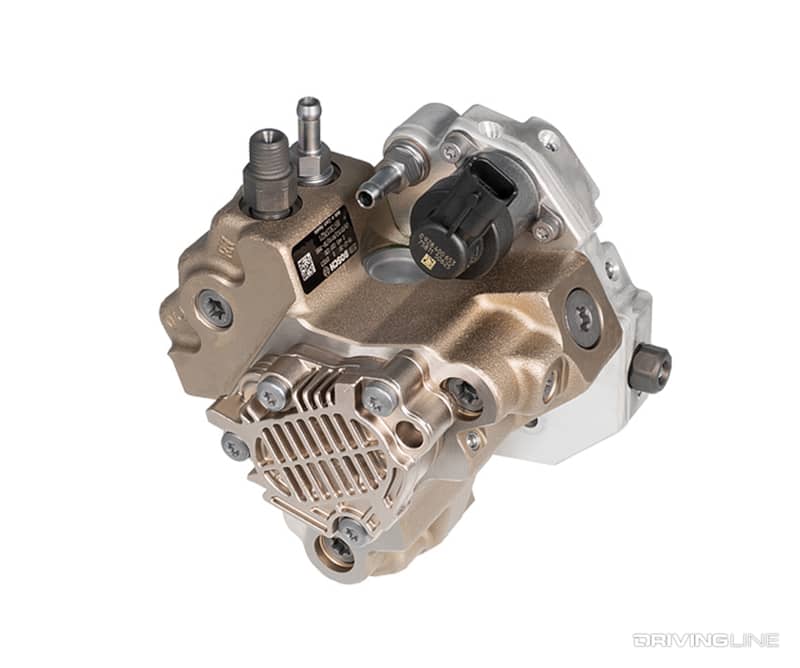
We know this would technically be a roadblock for all ’01-’16 Duramax mills, but the fact that these engines didn’t leave the factory with a lift pump supplying fuel to the CP3 injection pump is a definite drawback—and one that leaves horsepower on the table. Granted, there is a gear pump on the backside of the CP3 (pictured above), but it’s not enough, especially when you’ve nearly doubled the engine’s power output via tuning. Aside from the performance hinderance, the absence of a lift pump can force the CP3 to live its life without ever seeing adequate low-pressure fuel supply.
Electric Lift Pump
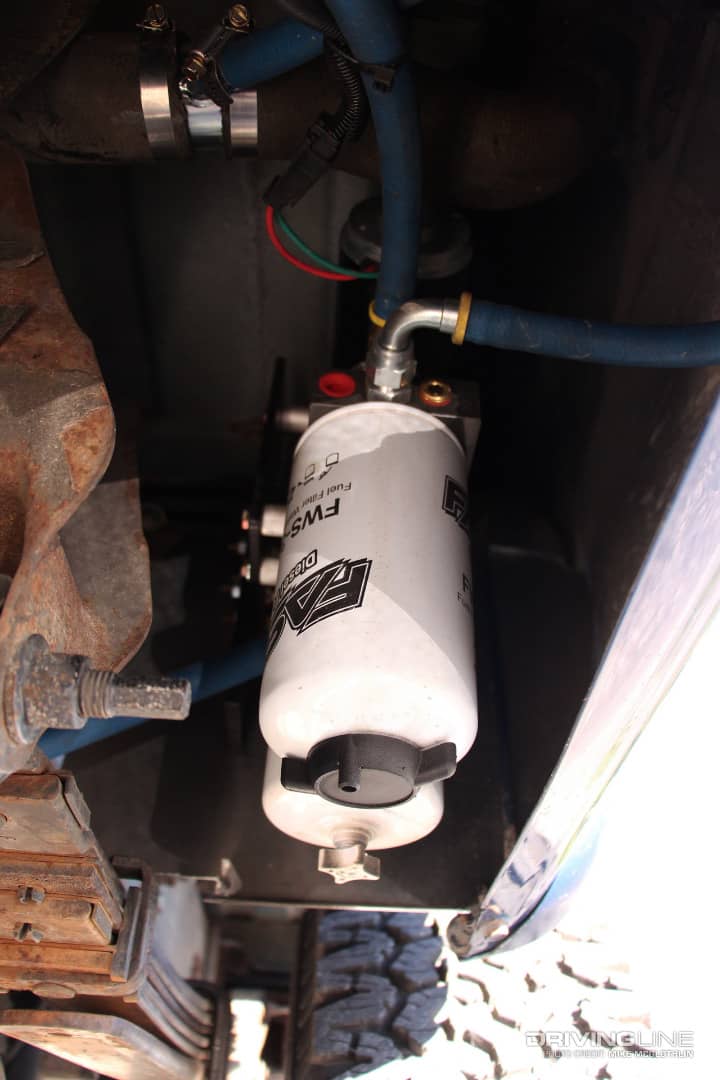
In our time spent around chassis dynos, we’ve seen more than our fair share of Duramax-powered GM’s—with built transmissions, quality EFI Live tuning, but no lift pump—lay down 490 to 499rwhp. The simple addition of an aftermarket electric lift pump, be it an in-tank unit or a comprehensive, all-in-one system mounted along the frame rail, can bring another 10 to 30 hp into the equation. In addition to helping your Duramax break into 500rwhp territory, an aftermarket lift pump adds longevity to your CP3 injection pump and injectors.
Roadblock #4: Restrictive Y-Bridge
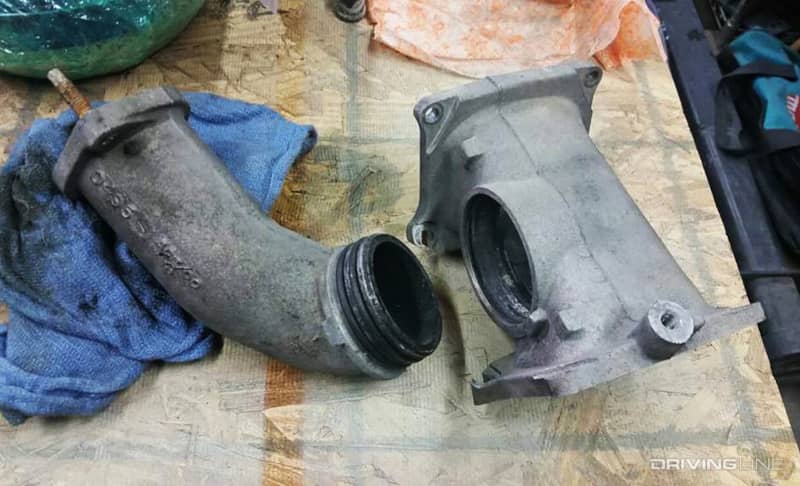
Just when you think you’re on the path to 530rwhp or a little more, a pesky intake side restriction kills some of the fun. Once again, it’s the Dmax’s old foe: the airflow-squandering factory Y-bridge. Comparable to the LLY and even the LB7, much of the piping here measures 2-inches and change in diameter, which proves to be a major bottleneck when the VGT is producing 10 to 15 psi more boost than stock. Its two-piece design is also prone to boost leaks and even blowing apart under elevated boost pressure.
High Flow Y-Bridge
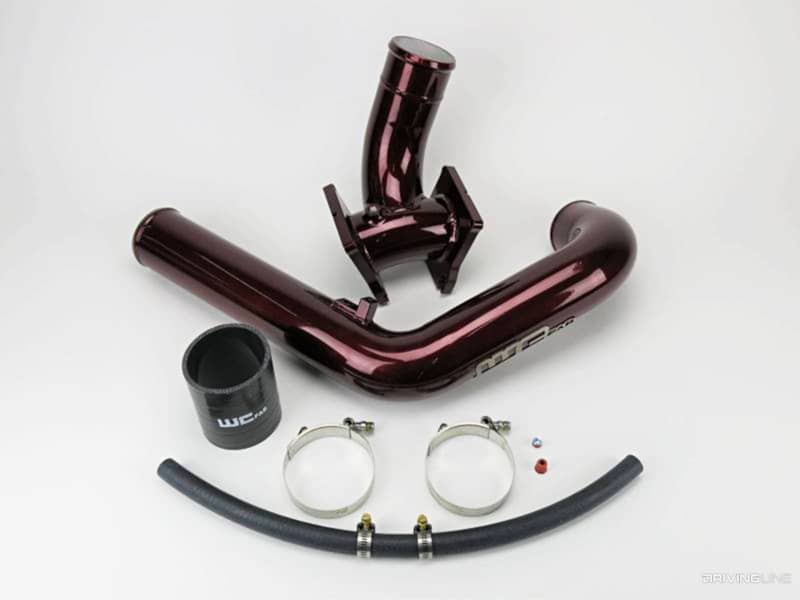
To increase the air volume rushing into the cylinder heads, a 3-inch diameter Y-bridge is the way to go. Combined with a 3-inch diameter cold-side and hot-side intercooler pipe, the entirety of the LBZ’s intake tract is opened up, resulting in as much as a 30hp gain. A 3-inch Y-bridge mod is also conducive to lowering EGT and improving throttle response.
Roadblock #5: Stock Turbo, Injectors and CP3

The LBZ-specific version of the Garrett GT3788VA checks in a hair smaller than the version found on the LLY, but the LBZ is still capable of producing 500 to 530rwhp before it’s out of air. Unfortunately, the LBZ’s stock injectors are maxed out at this point, too. While the CP3 might be able to maintain rail pressure at this power level, even a moderate injector upgrade (such as a 30-percent larger nozzle upgrade) could upset the balance.
Upgrade the Turbo First, Then Go After the Fuel
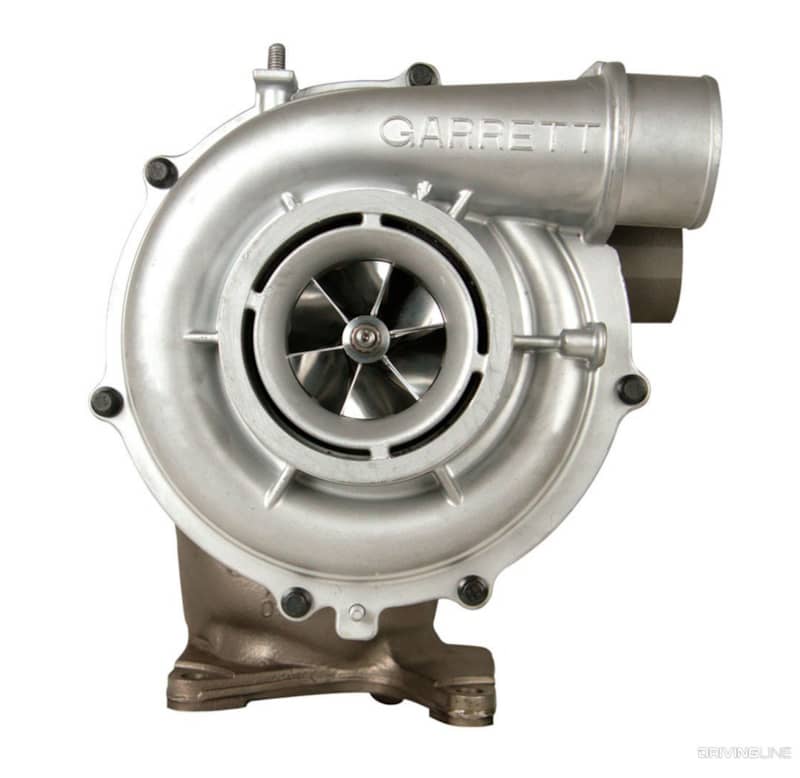
It’s no secret that the LBZ responds very well to airflow mods, and this is why a drop-in turbo upgrade can free up 20 to 40 more ponies with the stock injection system still in the mix. On to the fuel side of things, and because an injector upsizing might not yield a solid return on investment due to the CP3 not being able to keep up, it’s best to bite the bullet and install a stroker CP3 (or dual CP3’s) at the same time you upgrade your injectors. But before you do all of that, you need to begin considering the installation of head studs.
Draw the Line at 650rwhp (Or Plan an Engine Build)
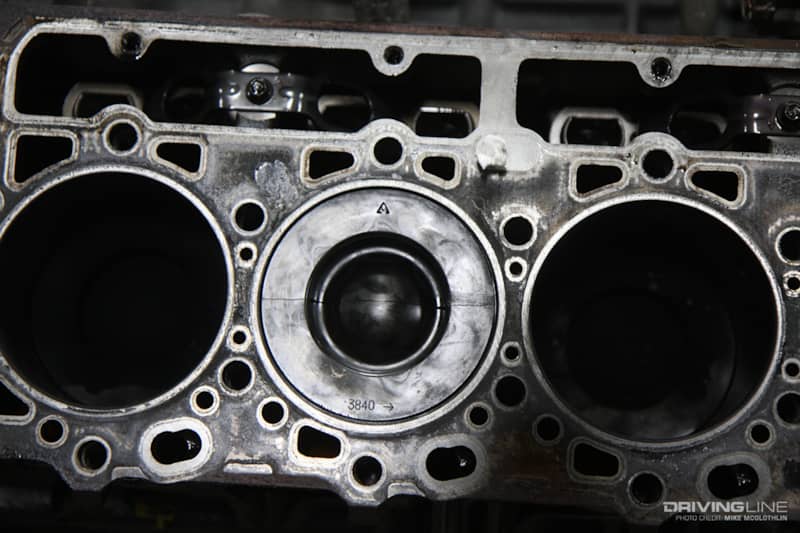
We would be remiss if we failed to warn you about the LBZ’s biggest weak link. If you’ve gotten to the point where you’ve upgrade the transmission, added a lift pump, improved the airflow in and out of an upgraded turbo, and thrown larger injectors, a bigger CP3 and head studs at the engine, the factory pistons may be at risk of cracking. The general consensus for street-driven, LBZ-powered GM’s is to limit their output to 650rwhp or less. Go beyond that and you’re playing with fire.
Find out why the LBZ is our favorite Duramax of all time right here.











